The iPad Air 5 wit the M1 processor is only available in one size. It was replaced by the iPad Air with M2 in 2024, which is available in 11-inch and 13-inch models.
The iPad Air doesn't get updated on an annual cycle. Instead, Apple introduces new features and chipsets as they become inexpensive to produce in the consumer-focused model.
Customers may have a hard time deciding between the 11-inch iPad Pro with M1 and the fifth-generation iPad Air since they are running the same chipset, have the same overall design, and run the same iPadOS software. However, there are still some key differentiating features that should be considered before making a purchase.
Apple further complicated its iPad lineup in October 2022 with a new 10.9-inch iPad. This model has a near-identical design to the iPad Air, but with fewer premium features.
Overlapping features and prices are a feature of Apple's iPad lineup. Even though the M1 iPad Air has been replaced, it will still be a decent option for a few more years as that chipset offers incredible longevity.
iPad Air 5 Features
Apple designed the iPad Air 5 to fit snugly between its budget 10.2-inch iPad, the entry 10.9-inch iPad, and the more expensive iPad Pro lineup. The iPad mini 6 acts as a smaller version of the iPad Air 5 with near-identical features in a tiny package.
Display
The iPad Air 5 has a Liquid Retina display at 500 nits of brightness, 264ppi, and a standard 60Hz refresh rate. It still lacks the ProMotion display available in the 11-inch iPad Pro and had slightly larger bezels, making the screen 10.9 inches.
Apple didn't change anything about the display hardware, casing, or design. It works with the Apple Pencil 2 and has anti-reflective and oleophobic coatings.
The battery life didn't change either, with about 10 hours of use doing non-intensive tasks like watching a video. Apple tends to target this battery life for all iPads as a standard for customer expectations.
Cameras
Apple didn't update the rear camera specs, but thanks to the new processor, it can shoot 4K video with extended dynamic range at 30fps. Otherwise, photo and video should look the same as the previous model.
The selfie camera was upgraded from a 7MP camera to a 12MP ultra-wide camera with Center Stage. This means FaceTime calls and video recordings will focus on people in the frame and adjust as they move around.
Processor and network
In a surprise move, Apple opted for the M1 in the iPad Air 5 rather than the A15 like the iPad mini 6. This decision would be a boon for iPad Air buyers as iPadOS integrated Stage Manager and external display support.
The M1 was originally built for the Mac as an alternative to Intel processors. It is primarily used in consumer-focused products and has plenty of computing power for any day-to-day task.
It was also used in the 2021 iPad Pro lineup, making the iPad Air just as powerful as those high-end tablets. However, the iPad Air and 11-inch iPad Pro with M1 still don't match spec-for-spec.
Apple says the M1 makes the new iPad Air about 60% faster than the previous model with twice as much graphics performance.
The new iPad Air also has an optional 5G model that supports sub-6GHz 5G networks. Apple reserves the faster mmWave 5G for the iPhone lineup, but it isn't much of a loss since it only works in a few locations in the United States.
The USB-C port
What may come across as a minor update is rather significant for those using USB-C accessories and external drives with their iPad. Apple moved the port to the USB 3.1 gen 2 standard, which doubles the speed of the port.
The previous iPad Air could only transfer files at 5GB/s while the new one has a 10GB/s transfer speed. This means any compatible adapter or external drive will operate at twice the speed.
Apple could have moved the device all the way to Thunderbolt thanks to the M1 processor, but the decision not to may have been for cost-cutting reasons.
The line between consumer and professional
At face value, it may seem that the iPad Air 5 is just a more colorful version of the 11-inch iPad Pro, but the devices' similarities don't tell the whole story. Both tablets have an M1 processor, 5G networking, and support for the Apple Pencil and Magic Keyboard.
What separates the two devices is the display, cameras, and the port. The 11-inch iPad Pro has a ProMotion display that can run at 120Hz versus the standard 60Hz refresh of the iPad Air.
The rear camera system on the iPad Pro has LiDAR, an ultra-wide camera, and a standard 12MP camera versus the single camera on the iPad Air. The port is only USB 3.1 in the iPad Air, while the iPad Pro benefits from Thunderbolt speeds.
Also, the starting prices aren't descriptive enough on their own. The 11-inch iPad Pro has a base storage of 128GB, while the iPad Air has only 64GB. An iPad Air with 256GB of storage costs $749, only $50 shy of the base iPad Pro with a better display and faster port.
Customers will have to decide if their use case warrants Thunderbolt speeds and a 120Hz display before making the jump to iPad Pro. But, they'll be missing out on the five color options if they do so.
iPad Air 5 Review
Even though the new iPad Air has an identical design to the previous generation, the new color options and M1 processor make this a great tablet. We could easily recommend this as the iPad to buy to almost anyone when it released.
The new set of colors are more vibrant than the previous generation, but the blue is by far the most stunning. We love the deep, saturated color that looks blue in any light, which cannot be said about the almost gray "sky blue" used in the iPad Air 4.
There's not a lot to say about the design since we've seen it before. It has the same Top Button with Touch ID, the same stereo speakers, and the same 10.9-inch display found in the previous model.
What's changed is less obvious. There is a 12MP ultra-wide front-facing camera for Center Stage, a 5G modem option, and a faster USB-C port.
If you have an iPad Air 4, this isn't much of an upgrade from a day-to-day use case perspective. However, anyone coming from an older iPad or new to the iPad market should consider the iPad Air 5 first.
The display size is a pain point since Split View, Slide Over, and PiP all would benefit from a larger display, like the one found in the 12.9-inch iPad Pro. For those looking for more features like ProMotion, it is difficult to recommend the 11-inch iPad Pro over the iPad Air, and instead, we suggest people jump to the larger model.
Pros
- Brilliant color choices, especially blue
- As fast as Apple's most expensive tablet
- USB-C is twice as fast and supports 6K displays
- 5G support
- Same staring price
- Improved front-facing camera with Center Stage
Cons
- Silver is no longer an option
- Only supports sub-6GHz 5G
- No 128GB option and low base model storage capacity
- More speed than iPadOS can take advantage of
Pricing
The iPad Air 5 stuck with the $599 starting price with 64GB and 256GB storage options and an optional 5G upgrade. It is available in Space Gray, Starlight, Pink, Purple, and Blue.

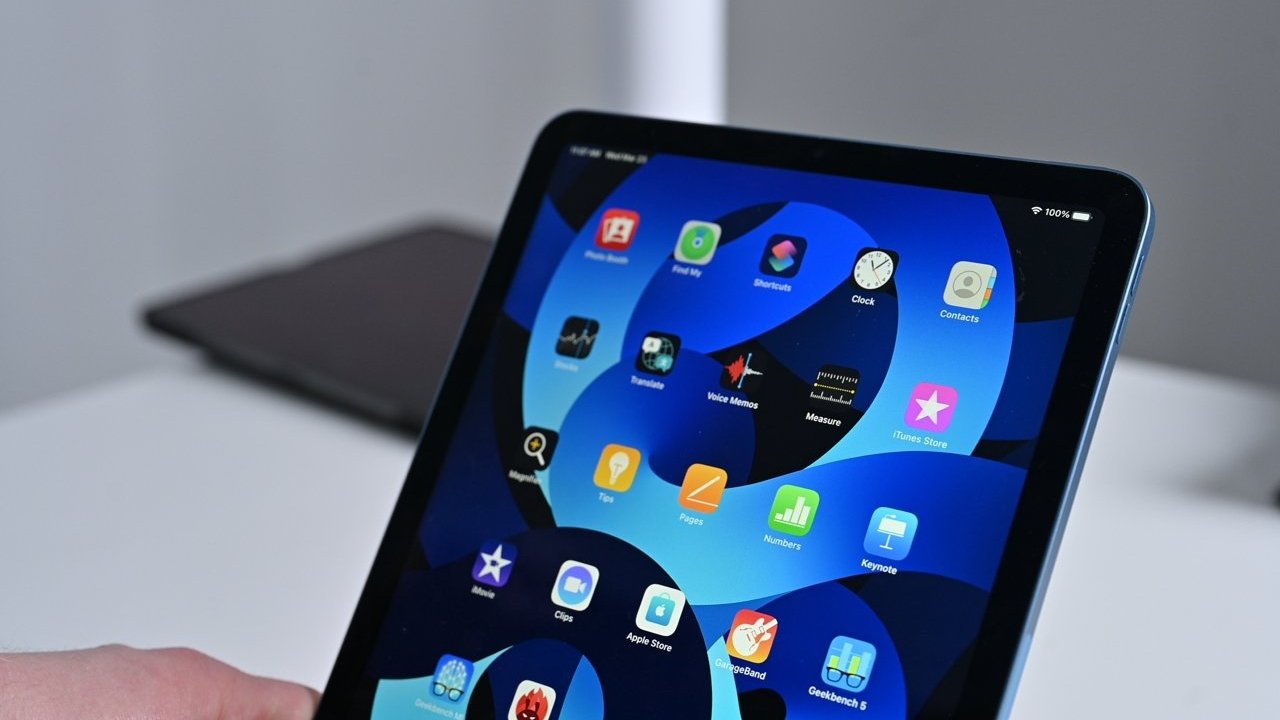
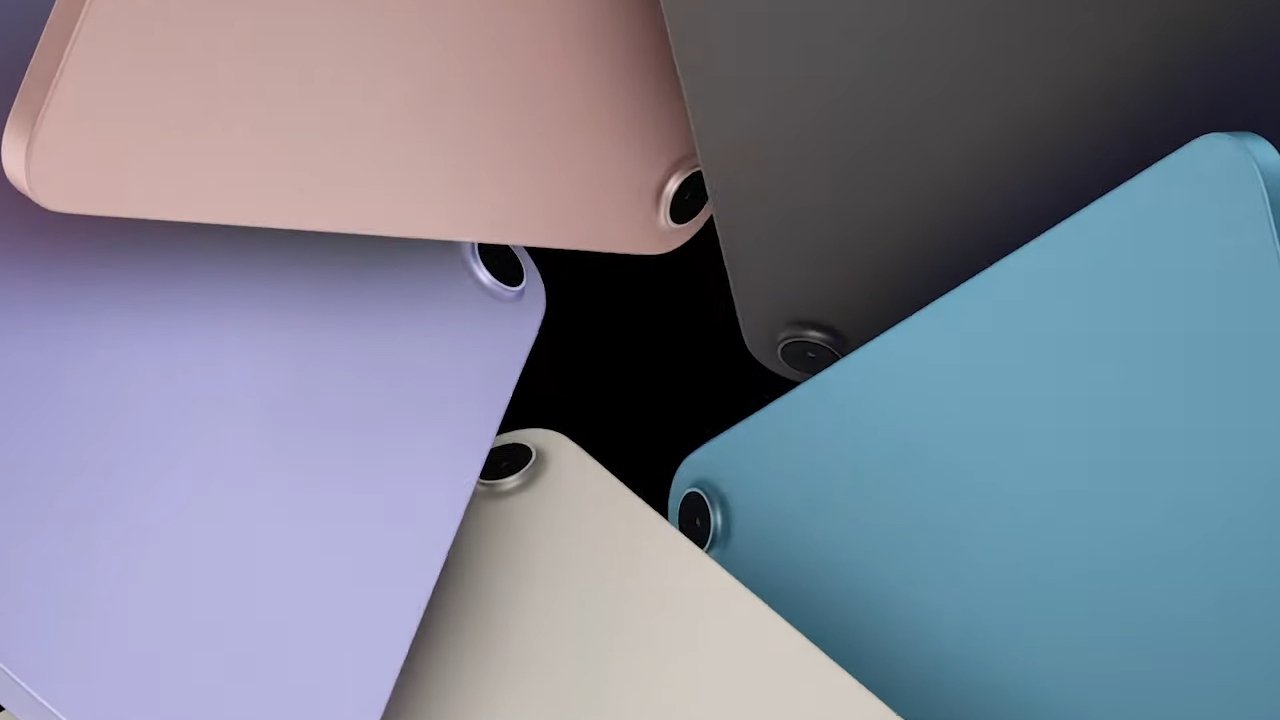
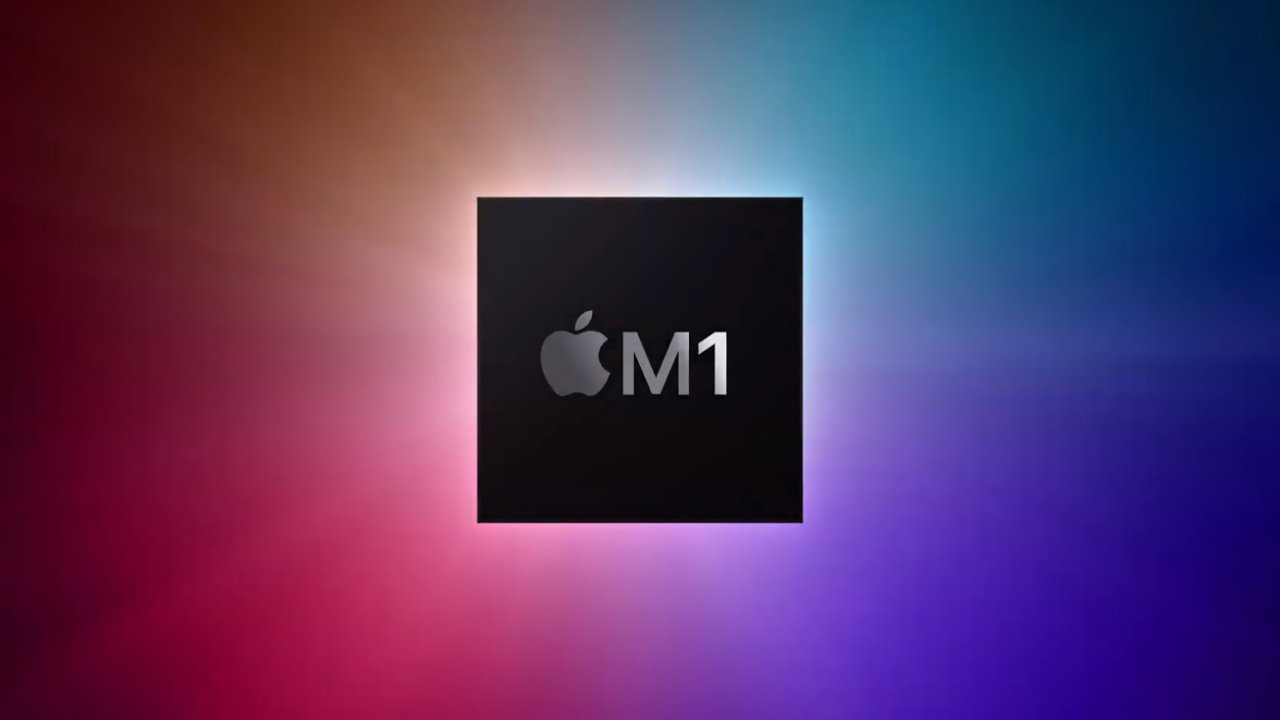
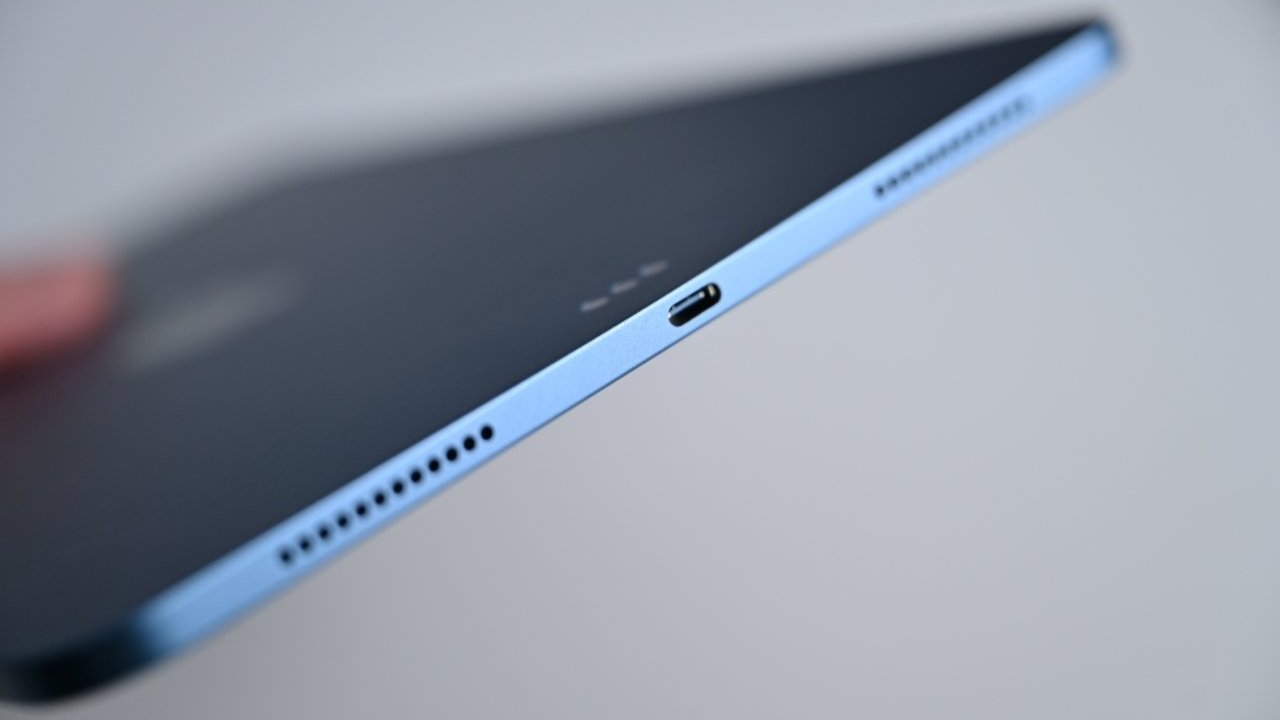
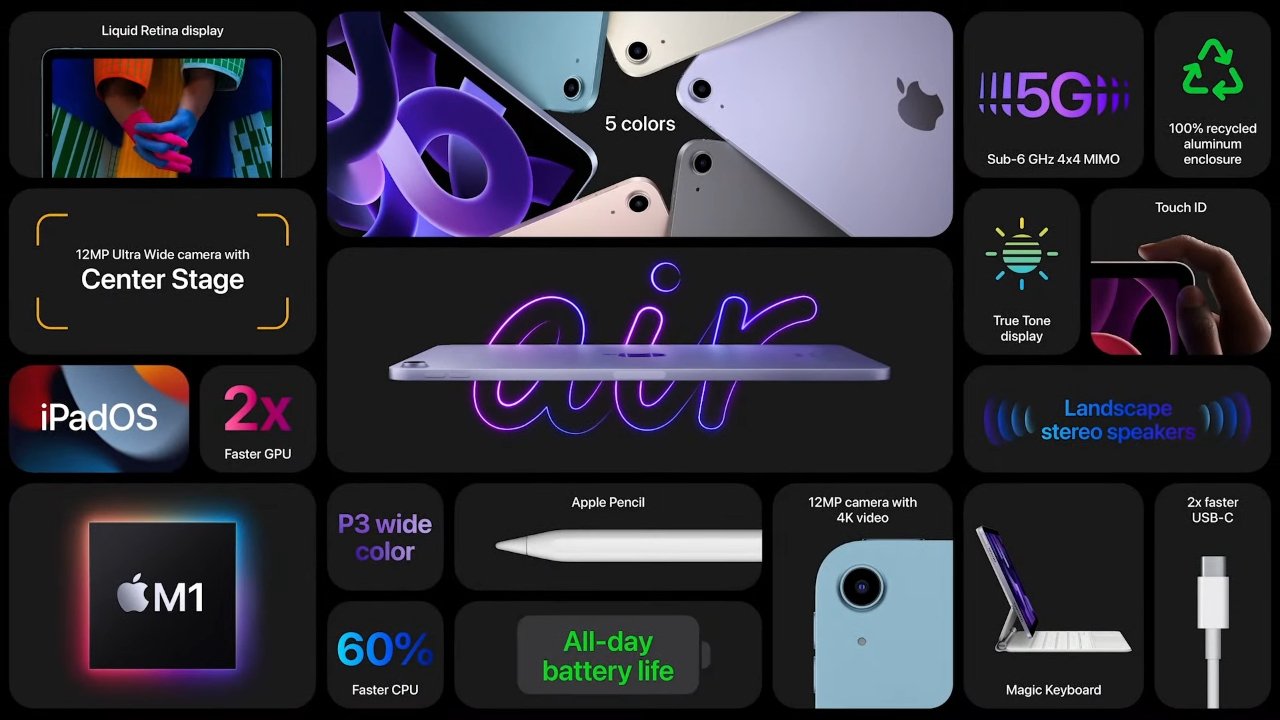
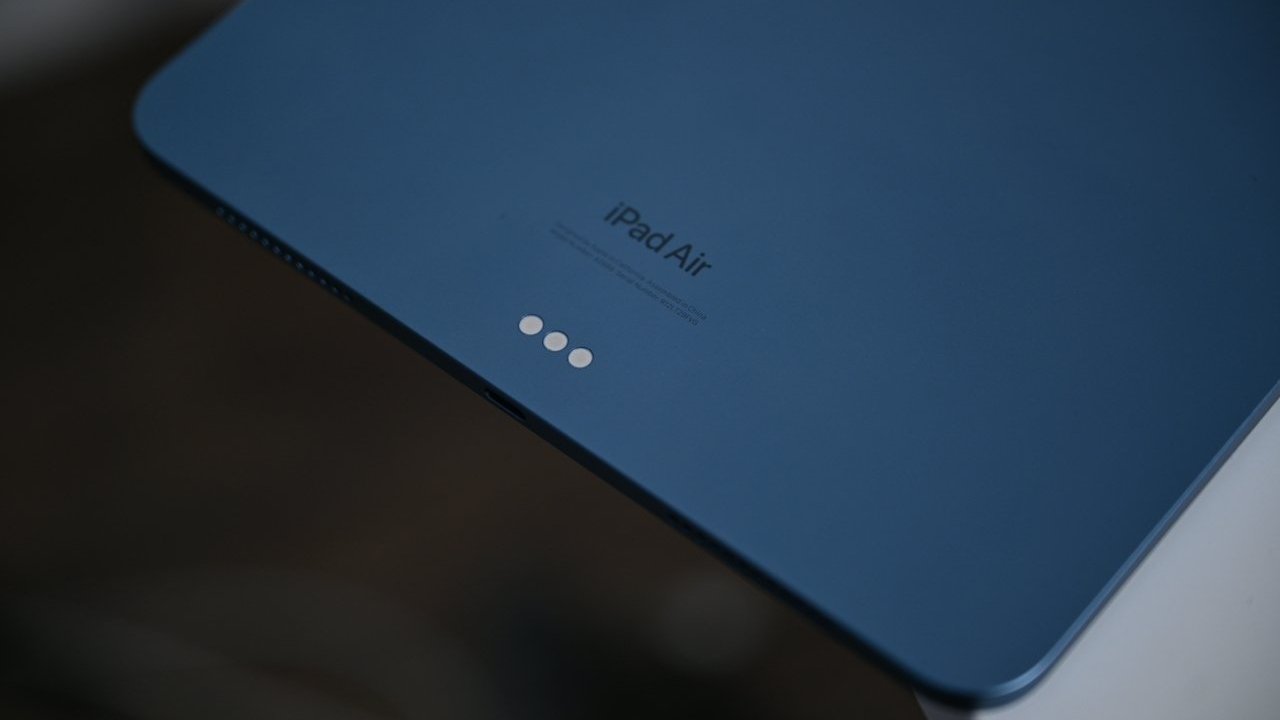
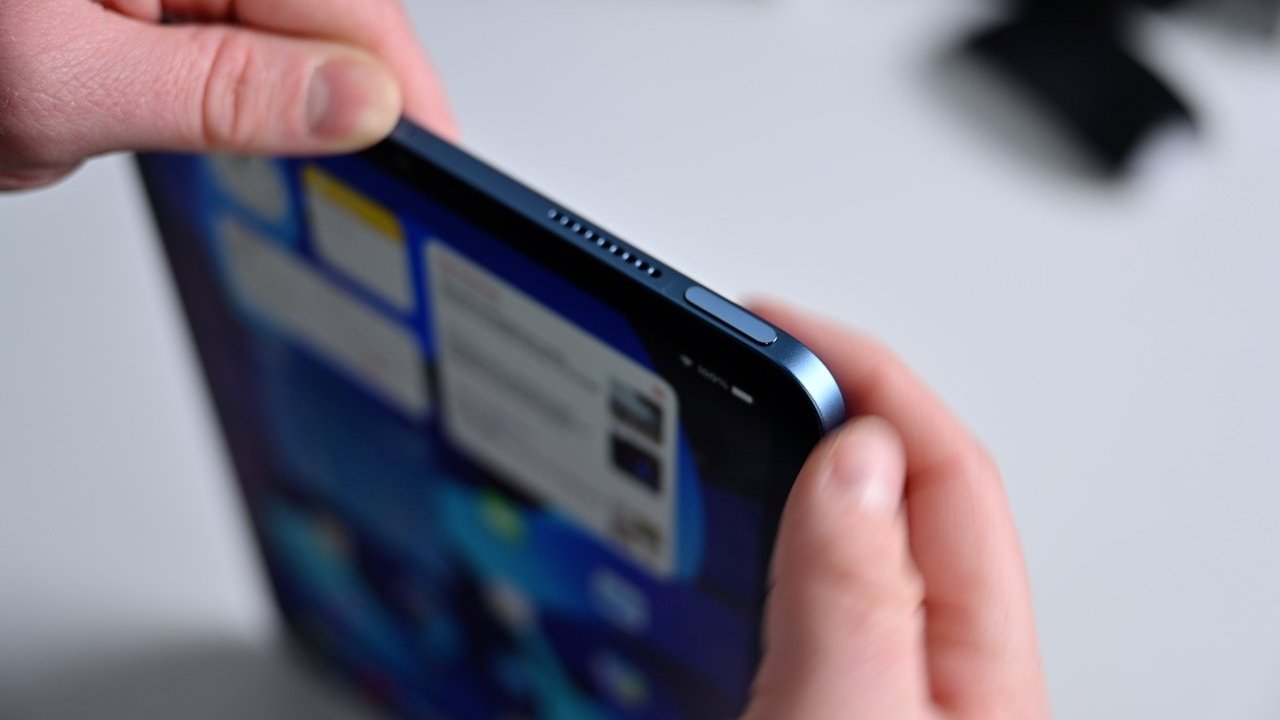

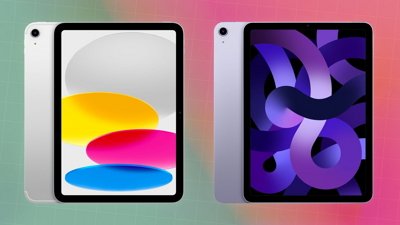
 Malcolm Owen
Malcolm Owen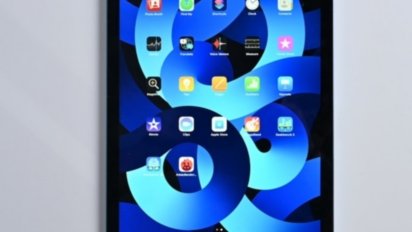
 Andrew O'Hara
Andrew O'Hara
 Mike Peterson
Mike Peterson


 William Gallagher
William Gallagher
 Brittany Vincent
Brittany Vincent
 Stephen Robles
Stephen Robles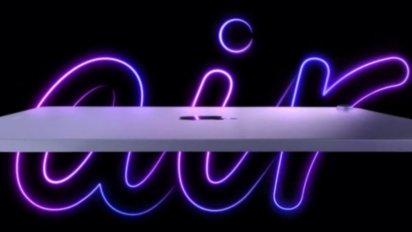
 Wesley Hilliard
Wesley Hilliard
